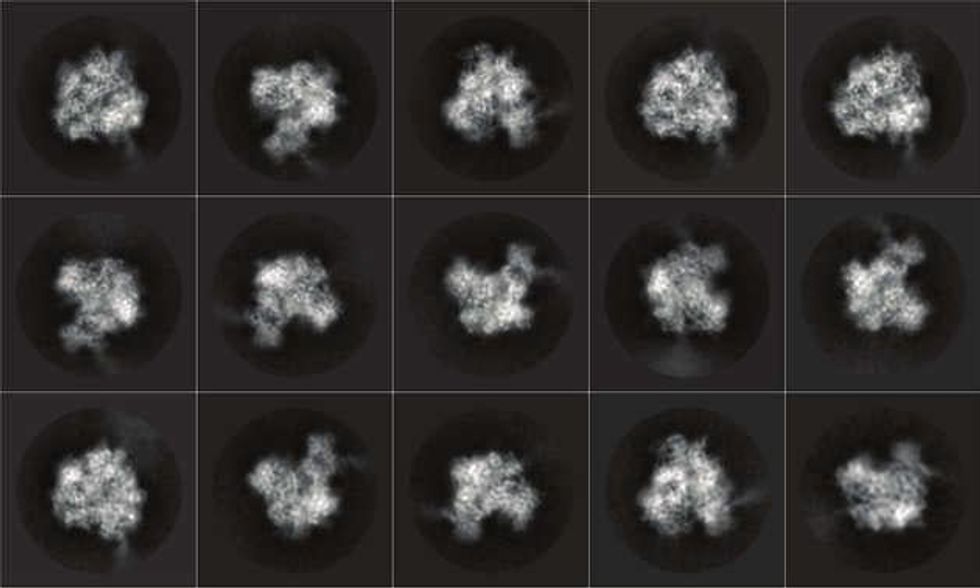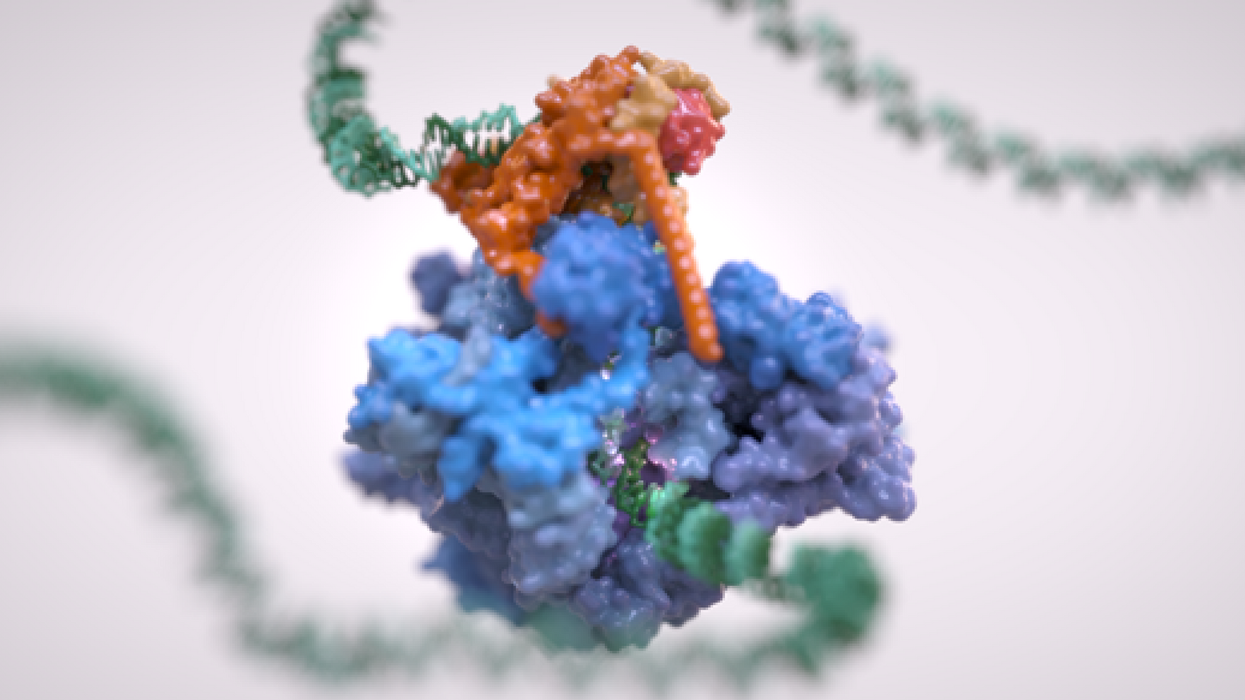News
Darin Graham
Jan 24, 2018
Scientists have zoomed-in on DNA to observe how molecules interact with each other for the first time. It's hoped that this remarkable process could lead to the development of new cancer-fighting drugs.
Researchers at The Institute of Cancer Research (ICR) pulled apart a single strand of DNA using a form of microscopy that enables them to see a resolution one-20,000th the width of a human hair.
The zooming-in process, called Cryo-EM - which won the Nobel Prize for Chemistry in 2017, lets scientists watch as DNA cells build proteins using a mechanism common to all animals and plants - RNA polymerase III.
The mechanism is often hijacked by cancer - so it's hoped that the discovery might be used in the future to find and protect weaknesses that can be exploited.
The team shared incredible images of RNA polymerase III and published them in a study in the journal Nature, last week.

Dr Alessandro Vannini of The Institute of Cancer Research said:
We used a really exciting new type of microscopy called Cryo-EM to do something no scientists have been able to do before. We were able to freeze and catch the RNA polymerase III complex in the act of attaching to, separating and reading the DNA code.
We obtained almost a million of independent snapshots and, using powerful computers we grouped similar snapshots together, enhancing their detail to obtain a vivid reconstruction of this machinery at work.
The protein complex RNA polymerase III is crucial to life but it is more active in cancer where it causes cells to produce larger amounts of the building blocks they need to grow and multiply.
DNA cells use RNA polymerase III to build proteins for their needs but the system is more active in cancer where it causes cells to produce larger amounts of the building blocks they need to grow and multiply.
The researchers hope the new way of zooming in to watch how this system works could help to develop drugs that could stop the process or even break cells apart, potentially providing a new way to hold back tumour growth.
Professor Paul Workman, Chief Executive of the ICR, said:
Cryo-EM is revolutionising molecular and cellular biology, allowing us to look in minute detail at molecular machines within cells and how they work.
The technique is helping scientists to discover weaknesses in cancer cells that could be targeted by the next generation of drugs.
This beautiful study has unveiled a fundamental cog in the inner workings of cells, and one that is often exploited by cancers.
It’s a hugely important finding in cell biology, and I hope that in future it will lead to new treatments for cancer patients.
Top 100
The Conversation (0)














